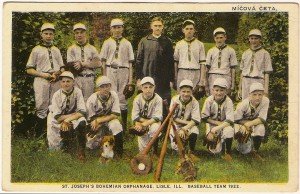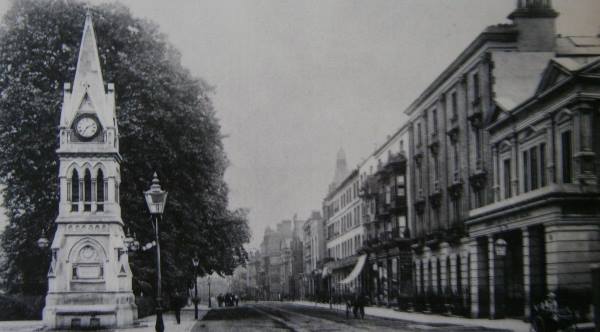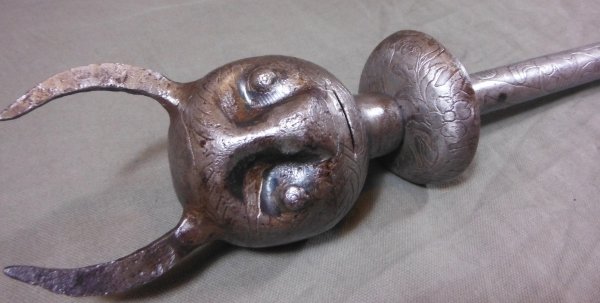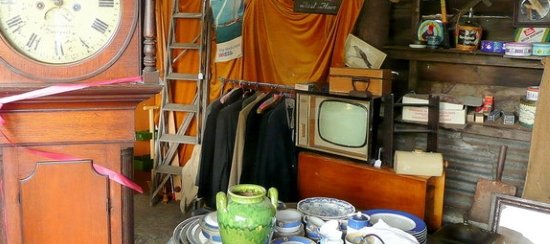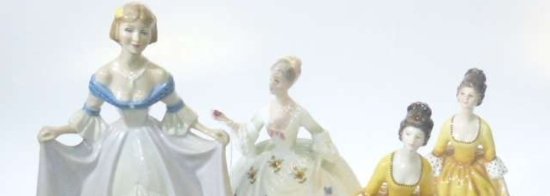Now is the time to consider all those office accessories and devices of the past. Today collectors fond of office collectibles really mean business. What were once simply timesaving gadgets are often considered time capsules of sorts.
From vintage adding machines and calculators to check protectors and typewriters, all have new life among collectors. Add to that list copying machines, dictating machines, duplicators, ink blotters, ribbon tins, pencil sharpeners, time clocks, services, file boxes, office supply catalogs, and lots of other stuff.
Such items “…are a wonderful part of the history of the office,” notes Thomas Russo author of the book, Office Collectibles: 100 Years of Business Technology. “As such they will remain treasures to collect, preserve, and display.”
One way to trace the emergence of the Great American business office is to track use of the typewriter in the 19th century. Such devices were confined almost entirely to offices in the 1880s. During the first three years of that decade nearly 18,000 typewriters were sold in the United States, that was just about five times the number, which had been sold during the entire decade of the 1870s.
And while the use of the typewriter was vast, the 1880s also saw a few other timesavers. In 1885 advertisements proclaimed The Portable Copying Press “for office, library, or travel.” Sets containing paper, pens, and ink were retailed by the Portable Copy-Press and Stationary Company of Grand Rapids, Michigan. By 1887 the Graphophone was being marketed as the perfect machine for recording dictation, using the technology of Thomas Edison’s phonograph.
Office skills were desperately needed across the country by the 1890s, or at least people who could be trained to use the various office devices. This demand was a major factor in bringing women into the workplace.
Research conducted by the Cooper-Hewitt National Museum of Design suggests office jobs lured women from traditional household chores to working for wages in business. By the 1890s nearly two-thirds of all typing and stenography jobs in the United States were held by women. Eventually that number would rise to more than 90 percent.
Initially during that decade those business office jobs of typing, filing, and taking shorthand paid nearly twice that of a typical factory worker according to Cooper-Hewitt. Women going directly from the domestic front to the front office found, for that era, remarkable economic rewards.
Vertical filing was introduced in 1893, material in a simple flat folder could be located, removed, or expanded easily. This innovative system somewhat replaced flat files, copybooks, and letter boxes where documents were sorted in the order they were received. However copy books (i.e. day books, ledgers, journals) were used well into the 20th century as were bulky letter boxes.
Ironically basic vertical filing lasted nearly a century, progressing from oak cabinets through all-steel enclosures before giving away to computers. Often small index card files were kept on office desks to allow for further filing.
By 1895 the Montgomery Ward catalog i was filled with selections of office equipment and office supplies. Among them were the Edison Mimeograph, the Merritt Type Writer, State Bond typewriter paper, the Chicago Check Perforator, plus an assortment of pads, inks, and typewriter ribbons.
Meanwhile the office typewriter was available everywhere else, too. By the end of the 19th century the Remington typewriter was not only a best-seller in offices, but was one of the nation’s leading advertisers as well.
By the early 20th century there was a certain romance about the office workplace in America. It was glamorized by services featuring people happily at work. Youngsters also read adventure books, which added to the allure. In Mail-Order Frank, written by Allen Chapman, readers were told that the mail-order business “is today a tremendous one, and from small beginnings there are firms who have millions of capital invested.”
While the book was part of the Boys of Business series, the reality was that the majority of the jobs were filled by females rather than males. The classic Larkin Soap Company, one of the nation’s leading mail-order businesses at the time, employed over one thousand female clerical workers to process the vast volume of paperwork at its headquarters.
Women also “manned” the newly developed telephone at most offices as well in the early 1900s. Figures at Cooper Hewitt indicate there were 37,000 female telephone operators in the United States during that period compared to 2,500 male operators.
Besides the typewriters and telephones, there was also more filing to do. Companies like Globe-Wernicke, Yawman and Erbe, the Wood Filing Equipment Company began publishing and distributing their own catalogs filled with both specialized and generalized office needs.
By the 1920s the office supply business was booming mainly because business itself was booming in America. Even the general mail-order catalogs offered generous listings. Among them were Eberhard Faber rubber bands, Gem Adding Machines, Ideal Duplicators, Defiance Check Protectors, Carter’s Mucilage, and bound black books identified on the outside as a journal, Ledger, or DayBook.
Montgomery Ward proclaimed the Reliance Visible Typewriter to be the best available, “once you have a typewriter in your home or business office, you will wonder how you got along without it.” The 1922 price of the Reliance was $53.75.
Throughout the 1930s, despite the Great Depression, supplies for the office were championed. During that decade the Sears, Roebuck & Co. catalog offered a full page of such items declaring flatly “every well-run business needs these.” Their list included Remington, Royal, L.C. Smith, and Underwood typewriters along with adding machines. There was also a wide range of typewriter ribbons in individual tins from Aristo to Marvello.
During the 1940s there were a number of economic changes in the workplace. For one thing more women were working than ever before in history. The work force at American Telephone and Telegraph, for example, was 70 percent female. On the other hand, comparative wages were not what they once were. During that decade clerical positions were paying much less than factory jobs in sharp contrast to the 1890s.
The office underwent changes as well. Royal introduced the first pink electric typewriter in 1956. By the late 1950s and early 1960s some modular office systems were available, using elaborate room dividers to provide semiprivate spaces.
“This new approach was motivated in part by the need to raise the moral of female clerical workers,” observed Cooper Hewitt in their study.
In 1969 the book Antique Collecting For Men by Louis Hertz suggested strongly that “anything ever used in an office is, of course, properly a business antique. Although it is only recently that any interest to speak of has been evidenced in old desks, filing cabinets, and similar furnishings.”
Office furniture, especially anything made of oak, did indeed catch on. However, so many other materials took decades longer to at least be fully collectable.


